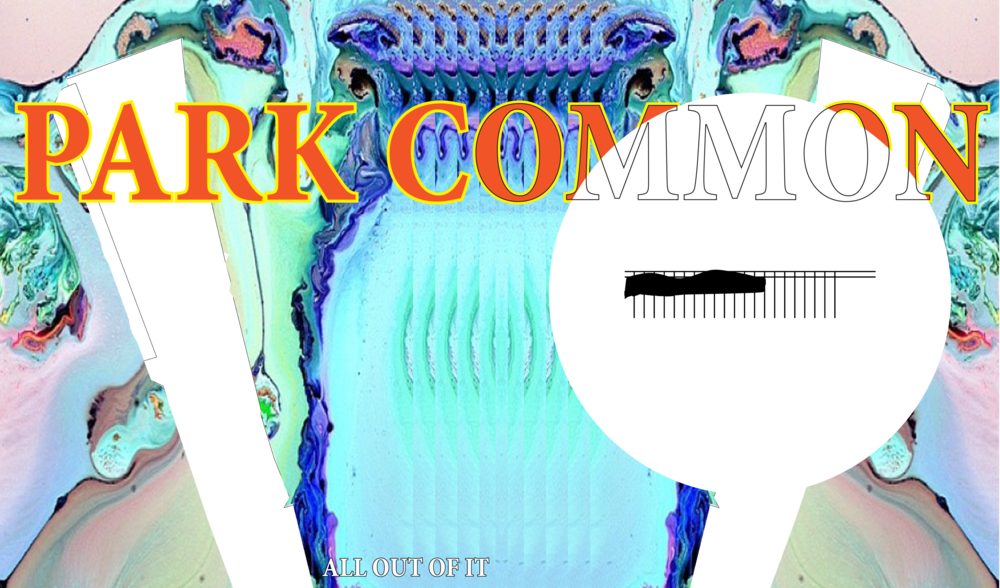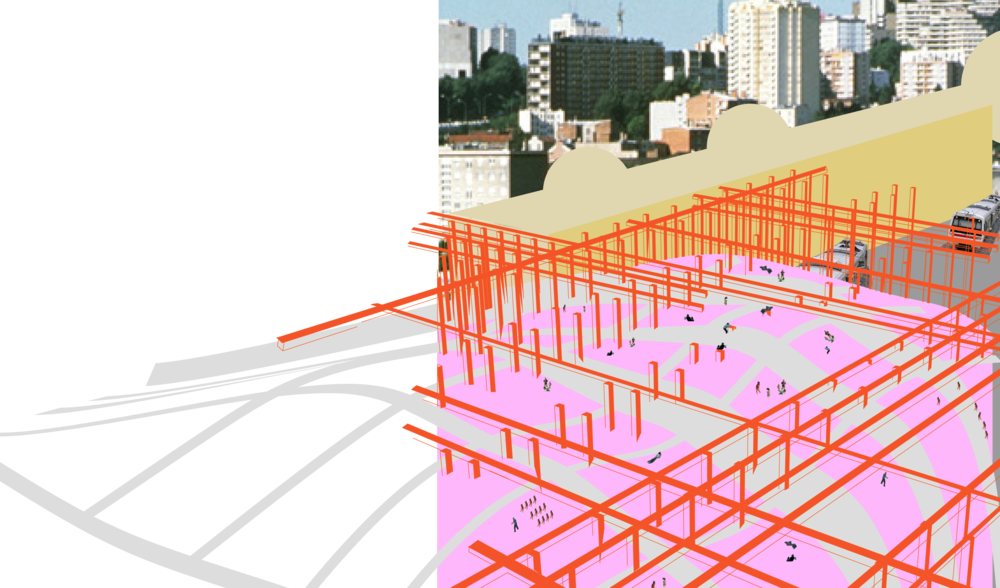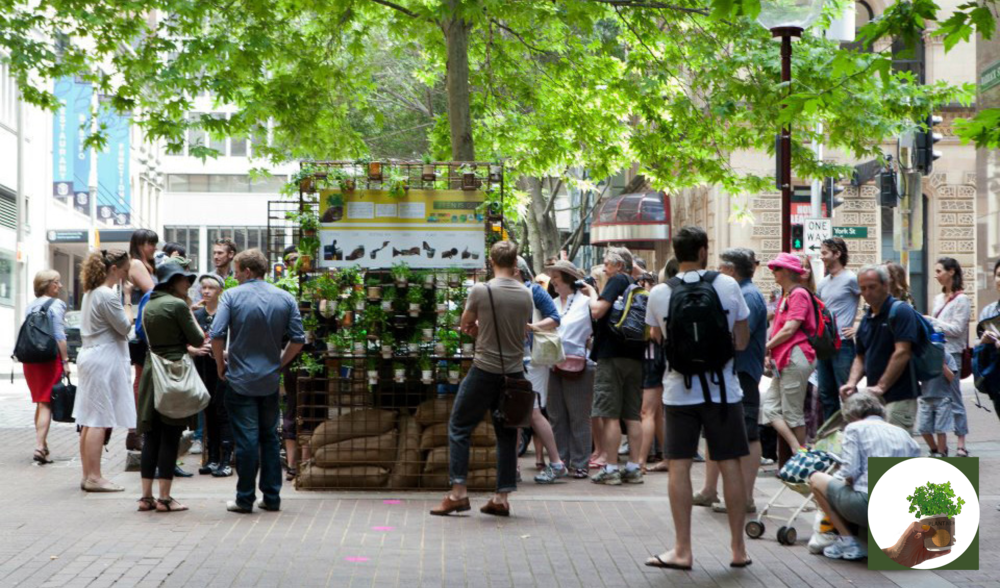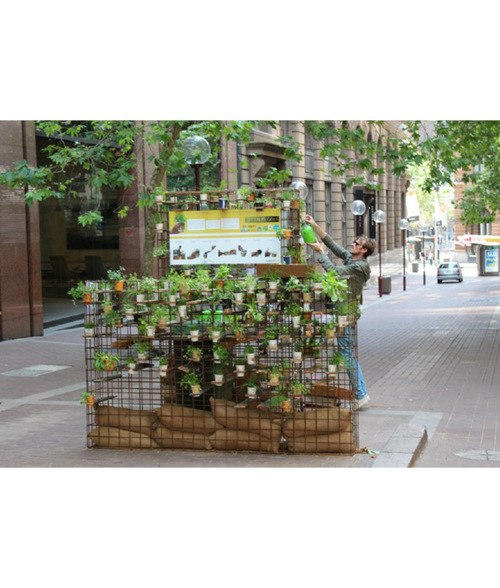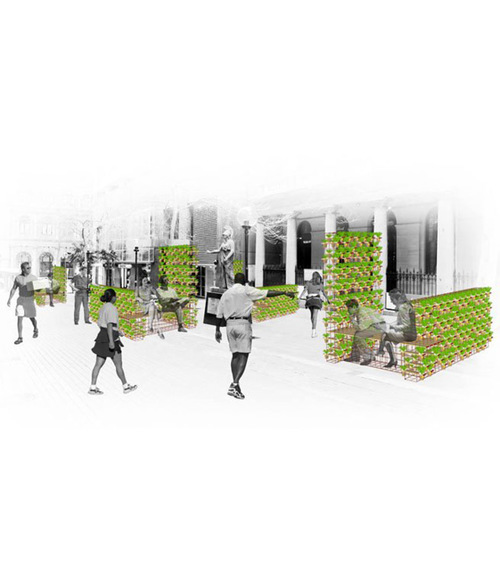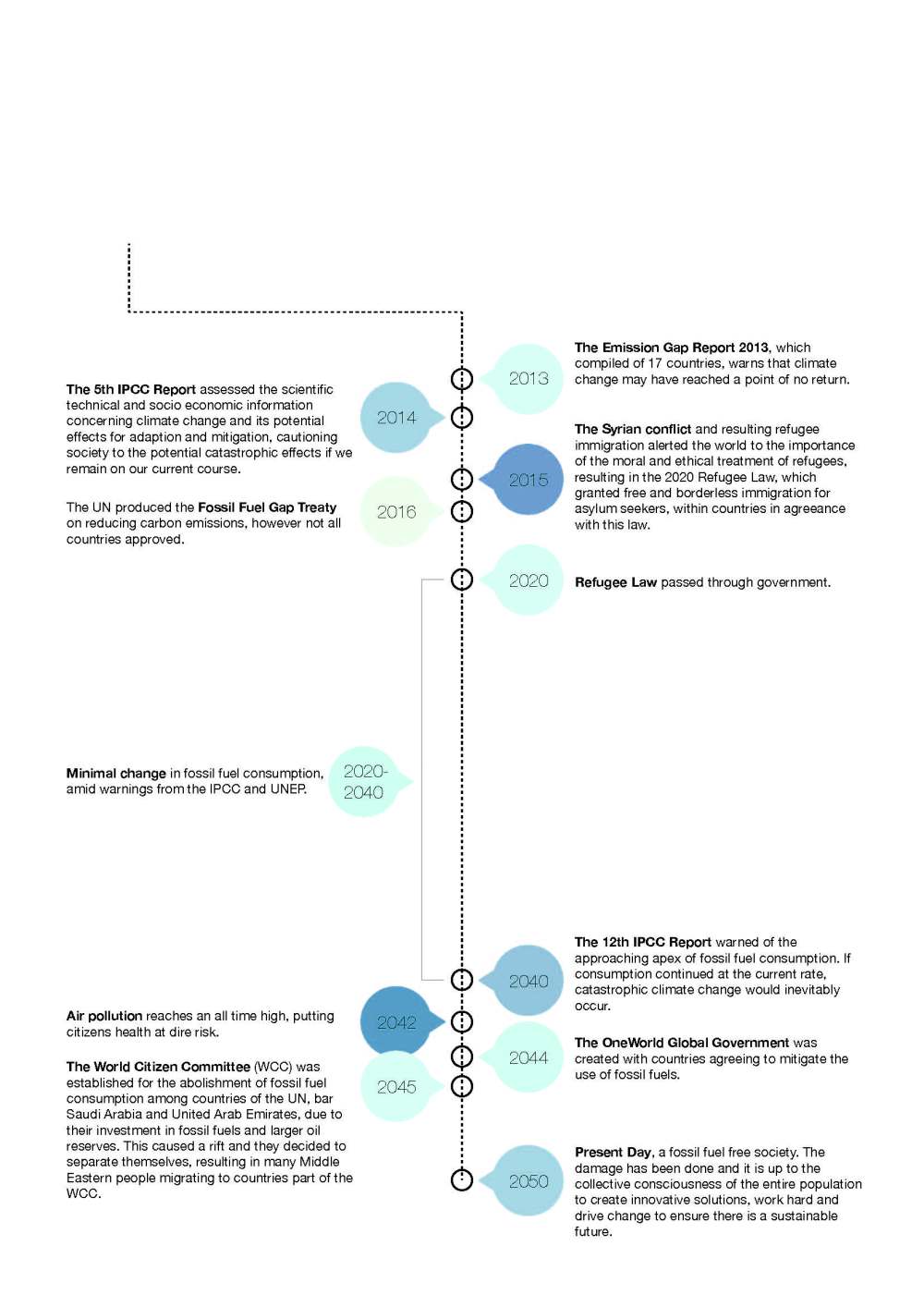
Problem Solving via Social Design
At their core designers are problem solvers. We seek out problems and offer innovative solutions in the form of objects, graphics, spaces, buildings or imaginings. Where great design separates itself from good design is in its ability to encompass a plethora of problems, be they social, political, economical or environmental. Through a discussion of speculative and critical design and the Micronation/Macronation Project, this post aims to discuss our future, OneWorld, and our Speculative object, Echo.
Respectively, Matt Malpass defines speculative and critical design as; future scenario development, the construction of a narrative [our timeline] and any designs that result from this narrative, and, design that challenges a conventional approach to designing the human-object interaction, where objects are situated in context and exist as a result of this context. Our speculative object aims to combine and blur the distinction between these two concepts, where Echo exists in our narrative, however was designed as a result of the human condition in our future scenario.
Extending these definitions, Barab et al. describes the relationship between critical design and ethnography, a process that involves participatory designs aimed at transforming a specific context. Critical design ethnography sits at the intersection of research, critical ethnography and socially responsive instructional design, resulting in design structures that facilitate learning and empowerment [Barab 2004]. Successful design aims to inspire groups and individuals, thereby accelerating social change.
Micronation/Macronation Democratizing the Energy is an example of critical ethnographic design for a specific context. The project was a collaboration, between HONF and many other Indonesian communities and institutions, to address the relationship between climate change, fossil fuel dependency and increasingly erratic food production. The project attempts to offer users an alternative to fossil fuels, while simultaneously offering information on how to make this a sustainable practice.
HONF-Micronation/Macronation Project 2012 from HONF Foundation on Vimeo.
The sustainable design prototype consists of 3 parts; 1, the fermentation/distillation machine to process the raw material into alternative energy sources [as a substitute for fossil fuels], 2, a satellite data collator to obtain data related to agricultural production, and 3, a super computer to process and collate the raw data into relevant information, for example, where to plant crops, when to water or how to deal with waste [Fremantle 2012].
Superficially, the project is a response to a political and economic situation involving the 2012 Indonesian governments attempts to cut subsidies on fossil fuels, resulting in a substantial price hike [Supriyanto 2012]. However, fundamentally the project comments on societies reliance, or one could argue, complete dependence, on non-renewable energy sources. The project blurs the distinction between science, art and technology, creating an innovative design solution to a social, political and economic problem.
Like Micronation/Macronation, Echo exists as a reaction to the context where it survives. Our group conducted an ethnographic investigation into the social, cultural, political, economic and technological climate of the time, providing enough relevant information to identify problems, and create subsequently design solutions.
‘Bad design is smoke, while good design is a mirror.’
– Juan-Carlos Fernandez [2011], Architect
Bibliography:
Barab, S, Dodge, T, Newell, M, Squire, K & Thomas, M.K. 2004, ‘Critical design ethnography: designing for change’, Anthropology and education quarterly, vol. 35, no. 2, pp. 254-268.
Fernandez, J 2011, ‘Juan-Carlos Fernandez’, AIGA, viewed 9 October 2015, <https://eyeondesign.aiga.org/design-quote-architect-juancarlos-fernandez-bad-design-is-smoke/>.
Fremantle, C 2012, ‘Micronation/macronation: democratizing the energy’, eco/art/scot/land, viewed 10 October 2015, <http://ecoartscotland.net/2012/09/03/micronationmacronation-democratizing-the-energy/>.
Malpass, M 2013, ‘Between Wit and Reason: Defining Associative, Speculative, and Critical Design in Practice.’ Design and Culture, vol. 5, no. 3, pp. 333-356.
Supriyanto, E 2012, ‘Micronation/macronation 2012’, The house of natural fiber, viewed 9 October 2015, <http://www.natural-fiber.com/index.php?option=com_content&view=article&id=282:micronationmacronation-curatorial&catid=63:latest-projects&Itemid=65>.
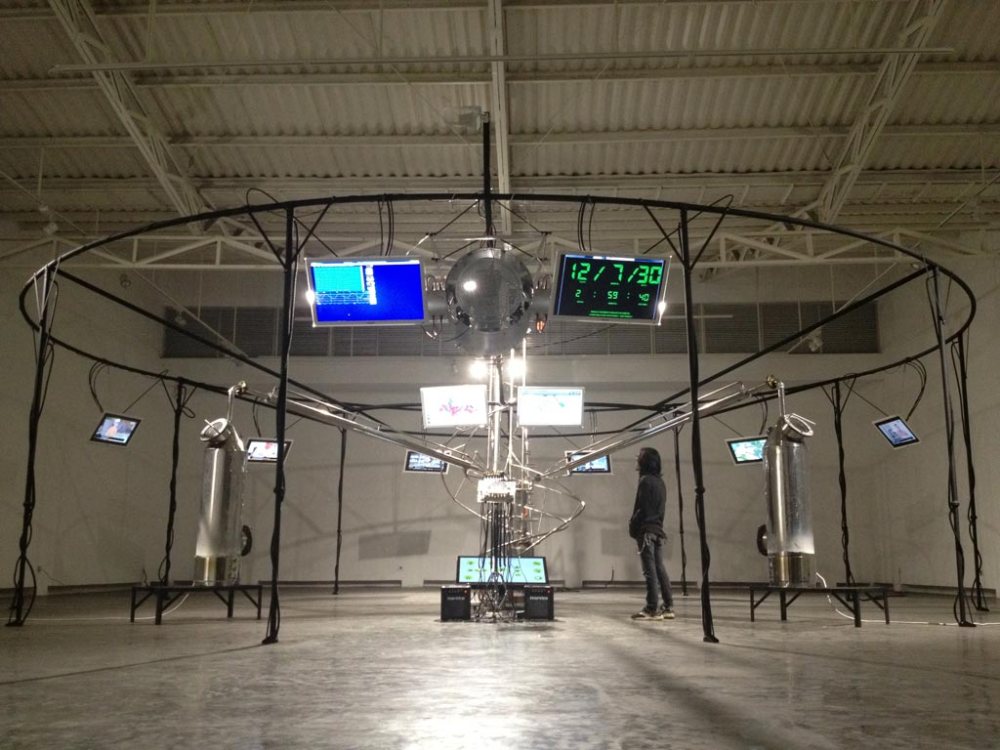 [
[